
Ever feel like your tummy inflates like a balloon after enjoying some delicious cake? You might be dealing with what's often called a 'gluten belly.' Don't worry, you're not alone, and there are plenty of ways to deal with it without giving up your favorite desserts entirely.
First things first: understanding why your belly reacts this way is key. It's all about the gluten, that sneaky protein in wheat, barley, and rye, which some people's bodies just don't like. This can lead to bloating, discomfort, and a general feeling of sluggishness. But here's the good news - you can still enjoy cakes without the gluten hassle!
Gluten-free baking is all the rage, and it's about finding the right substitutes. Ingredients like almond flour, coconut flour, and rice flour can replace traditional flour. They not only offer different flavors and textures but are also way gentler on your tummy.
Stay tuned as we dive into scrumptious gluten-free cake recipes that won't make you miss the gluten. And, because baking is both art and science, we're sharing some practical tips to help you avoid rookie mistakes.
- Understanding Gluten Belly
- Choosing the Right Ingredients
- Our Favorite Gluten-Free Cake Recipes
- Baking Tips for Beginners
- Avoiding Common Mistakes
Understanding Gluten Belly
You might be asking, "What's this gluten belly I'm hearing about?" It's more common than you think. Basically, some folks have trouble digesting gluten, a protein found in foods like bread, pasta, and yes, even those sneaky cake slices.
When our bodies don't appreciate gluten, they protest. Symptoms like bloating, abdominal discomfort, and feeling sluggish can hit hard after eating. This might sound familiar if you feel bloated after a birthday cake or a slice of pizza. But here's the kicker - not everyone with these symptoms has celiac disease, a severe gluten intolerance. Some people just have a sensitivity.
Why Does This Happen?
Gluten is made up of two proteins: gliadin and glutenin. The problem begins when the immune system mistakenly identifies them as threats. This starts an inflammatory response, and it's this little drama that causes the gluten belly woes.
Recent surveys show that up to 6% of the population may be sensitive to gluten even if they don't have celiac disease. So, if you're feeling a bit under the weather after a gluten-heavy meal, you could be part of that group.
What's the Remedy?
Going gluten-free can help. But it's not just a matter of swapping wheat flour for rice flour. Pay attention to labels, as gluten hides in many processed foods. The rise in gluten-free cakes means you're covered in the dessert department. From almond flour to coconut flour, there are plenty of alternatives that won't upset your belly.
Here's a small table to guide you on alternative flours:
| Flour | Texture | Best for |
|---|---|---|
| Almond Flour | Moist, Nutty | Cakes, Cookies |
| Coconut Flour | Dense, Absorbent | Breads, Muffins |
| Rice Flour | Light, Fine | Pastries, Pancakes |
Figuring out your gluten belly solution might take some time, but with these tips, you're on the right track to saying goodbye to those pesky symptoms.
Choosing the Right Ingredients
Getting rid of that gluten belly begins with understanding what goes in your cake. Fortunately, there are amazing gluten-free alternatives out there that not only help your belly but also taste divine.
The Flour Factor
Your basic all-purpose flour isn't your friend here. Instead, opt for gluten-free flours like almond flour, which brings a nutty taste and is high in protein. Coconut flour is another favorite, especially for its fiber content, though it does absorb a lot of liquid, so use it with care.
If you're into lighter cakes, try rice flour. It's perfect for achieving that airy texture. And don't forget oat flour, produced from gluten-free oats, which adds a bit of sweetness to your creations.
Binders and Stabilizers
Without gluten, your cake mix needs a little help sticking together. Enter xanthan gum or guar gum. They are like the glue for your cake ingredients. Typically, you only need a small amount, about a teaspoon per cup of flour.
Sweeteners and Extras
When it comes to sweeteners, sugar is traditional, but maple syrup or honey can add unique flavors. Don't shy away from using baking powder as it will help your cake rise beautifully, essential when gluten isn’t around to do the job.
Fats and Liquids
Think beyond butter and milk. Coconut oil and almond milk make excellent dairy-free options, adding richness and moisture. They also add distinct flavors that enhance your cake without being overpowering.
| Ingredient | Pro Tip |
|---|---|
| Almond Flour | High in protein, gives a nutty flavor. |
| Coconut Flour | Great for fiber, absorbs lots of moisture. |
| Rice Flour | Perfect for a light and airy texture. |
| Xanthan Gum | The landscape’s new glue, just a teaspoon needed. |
By choosing the right mix of these ingredients, you're not just avoiding that dreaded gluten belly, but you’re also ensuring your cakes are as scrumptious as ever.

Our Favorite Gluten-Free Cake Recipes
Who says you can't have your cake and eat it too, even if you're avoiding gluten? We're diving into some seriously delish gluten-free cake recipes that will keep your tastebuds happy and your gluten belly at bay.
1. Classic Almond Flour Chocolate Cake
This one's a chocolate lover's dream. Almond flour is our main hero, providing a moist texture that mimics traditional cake beautifully. Here's how you whip it up:
- Preheat your oven to 350°F (175°C).
- Mix 2 cups of almond flour with 1/2 cup cocoa powder.
- Add 1 teaspoon of baking soda and a pinch of salt.
- Blend 1/2 cup of maple syrup, 4 large eggs, and 1 teaspoon of vanilla extract in a separate bowl.
- Combine the wet and dry ingredients and mix well.
- Pour the batter into a greased 9-inch round cake pan.
- Bake for 25-30 minutes or until a toothpick comes out clean. Cool, slice, and enjoy!
2. Fluffy Coconut Flour Lemon Cake
Light, zesty, and oh-so-yummy. This one's perfect for a sunny afternoon:
- Preheat your oven to 350°F (175°C).
- Combine 1/2 cup coconut flour with 1/2 teaspoon of baking soda and a pinch of salt.
- In another bowl, mix 6 beaten eggs with 1/3 cup honey, 1/3 cup melted coconut oil, and 1/4 cup lemon juice.
- Add 1 teaspoon of lemon zest for that citrus zing.
- Mix the wet and dry ingredients thoroughly.
- Pour into a greased loaf pan and bake for about 40 minutes.
- Let cool before serving. Yum!
3. Easy Rice Flour Vanilla Sponge
This simple yet elegant sponge makes for an excellent gluten-free treat anytime:
- Heat oven to 350°F (175°C).
- Sift 1 cup of rice flour along with 1/2 teaspoon of baking powder.
- Cream 1/2 cup of softened butter with 2/3 cup of sugar until fluffy.
- Add 3 eggs, one at a time, beating well with each addition.
- Stir in 1 teaspoon vanilla extract.
- Gradually fold the dry ingredients into the wet mixture.
- Bake in a greased and floured 8-inch pan for 30 minutes. Let it cool before serving.
Remember, the key to a satisfying gluten-free cake is often in the batter and the baking time. Also, gluten-free flours absorb moisture differently, so if you're experimenting, adding a little extra liquid or egg can make a big difference.
Baking Tips for Beginners
Taking the plunge into gluten-free baking might seem a bit daunting at first, but fear not! Here's a straightforward guide to help you on your way to baking the best gluten-free cakes without feeling overwhelmed.
1. Start Simple
Aim for recipes with fewer ingredients. Think basic vanilla or chocolate cakes. These will let you get a feel for how gluten-free flours work without complicating things too early.
2. Understanding Flours
Regular flour is a single ingredient, but in gluten-free baking, you often need a blend. Popular flours include almond flour, coconut flour, and rice flour. Each has a unique texture, so experiment until you find your favorite combination. When buying, opt for brands specifically labeled as gluten-free to avoid contamination.
3. Measure Precisely
Baking is a science, especially without gluten's elasticity. Measuring your ingredients by weight using a kitchen scale can make a big difference in consistency and taste. Resist the temptation to eyeball it!
4. Don’t Skip the Xanthan Gum
Xanthan gum or guar gum helps hold your cakes together in the absence of gluten. Think of it as the glue that ensures your cake doesn't crumble like sand. Just a teaspoon can often do the trick for small batches.
5. Keep it Moist
Because they lack gluten, gluten-free cakes can dry out quickly. Use ingredients like applesauce, yogurt, or even zucchini to add moisture. They won’t alter the taste much and will keep your cake deliciously soft.
6. Mix It Right
When mixing, don’t overdo it! Gluten-free batter needs a gentle touch. Mix until ingredients are just combined to avoid a dense cake.
7. Experiment a Little
Once you nail the basics, try adding your own spin with unsweetened cocoa powder, cinnamon, or nut extracts. The great thing about baking is it’s your canvas, so let your creativity shine!
To help you better understand the basic substitution ratios for gluten-free flours, here's a little guide:
| Flour Type | Substitution Ratio (per 1 cup wheat flour) |
|---|---|
| Almond Flour | 1:1 |
| Coconut Flour | 1:0.25 |
| Rice Flour | 1:0.75 |
Remember, practice makes perfect. Don't be afraid to make mistakes; they're all part of the learning (and often quite tasty) journey!
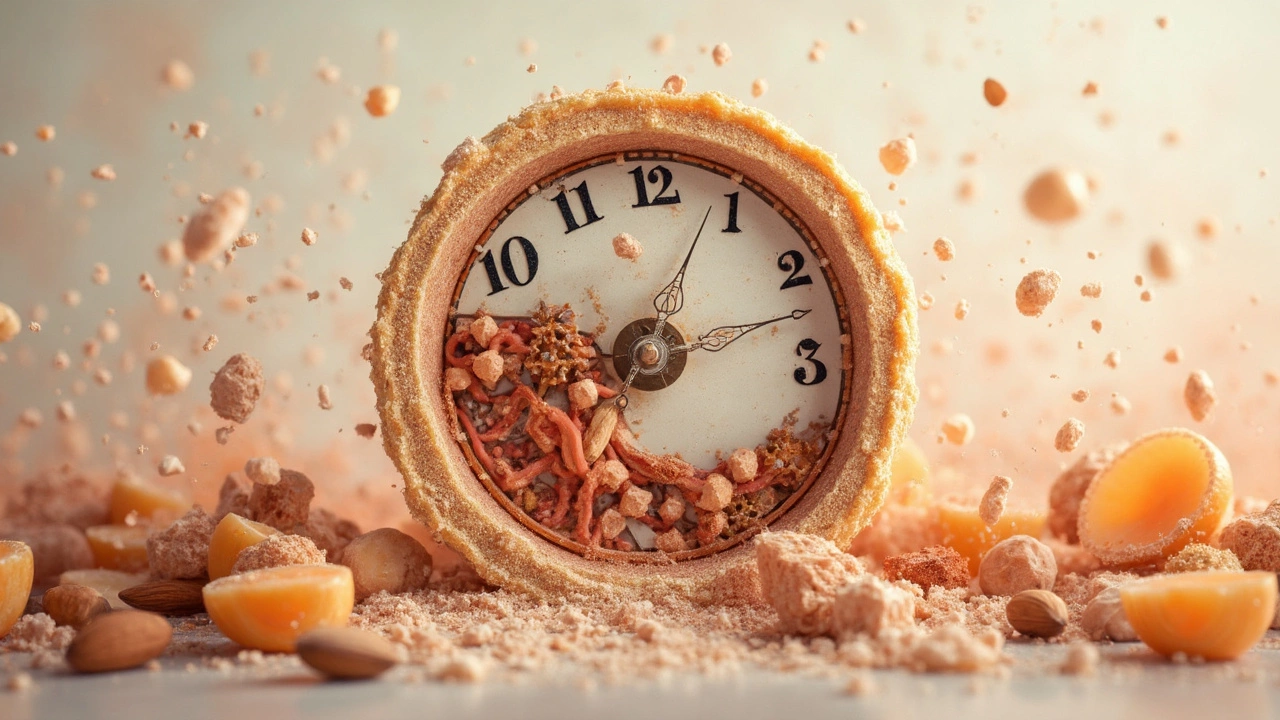
Avoiding Common Mistakes
Baking gluten-free cakes can be fun, but it can also feel like a bit of a science experiment gone wrong if you're not careful. Let's tackle some common pitfalls so you can avoid ending up with a disappointing dessert.
Not Measuring Ingredients Accurately
Accuracy is key when it comes to gluten-free baking. Those flours can be a little finicky, so make sure you're measuring right. A kitchen scale is your best friend. Use it to weigh out precisely what you need, especially with gluten-free flour alternatives like almond or coconut flour.
Skipping the Binding Agent
In gluten-free cakes, gluten's role as a binding agent is missed, so substituting is essential. Make sure you include something like xanthan gum or guar gum in your recipe. Too little and your cake will crumble; too much and it's as chewy as gum itself.
Not Enough Liquid
Your batter should look close to the batter you’d find in a standard recipe. Because gluten-free flours can soak up more liquid, you might need to add an extra splash of milk or water. A dry batter usually bakes a dry cake—never a good thing.
Mixing for Too Long
Overmixing is a big no-no. With traditional cakes, people say not to overdo it to avoid being tough; well, with gluten-free cakes, the opposite happens. Overmixing can cause the dough to get sticky, which makes it hard to work with.
Not Letting the Cake Rest
Once your cake is out of the oven, patience is crucial. Let it cool completely before cutting. Gluten-free cakes can often be more fragile, so a good rest helps set everything in place nicely.
Conclusion
Learning to avoid these missteps makes baking gluten-free cakes much easier and more enjoyable. Practice makes perfect, and once you avoid these hiccups, you'll be on your way to baking cakes that are not just edible but downright delicious.



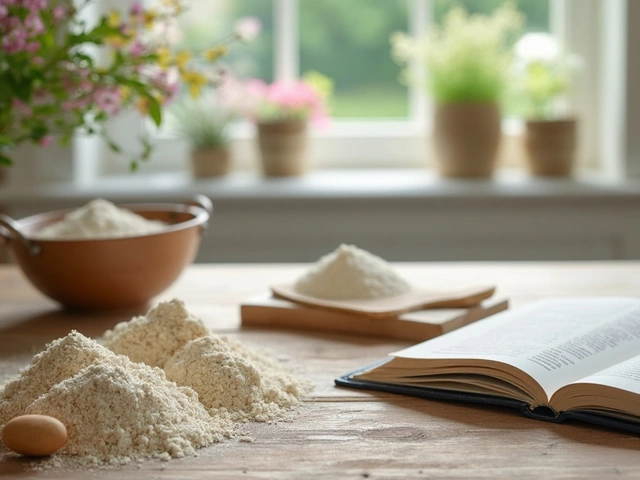
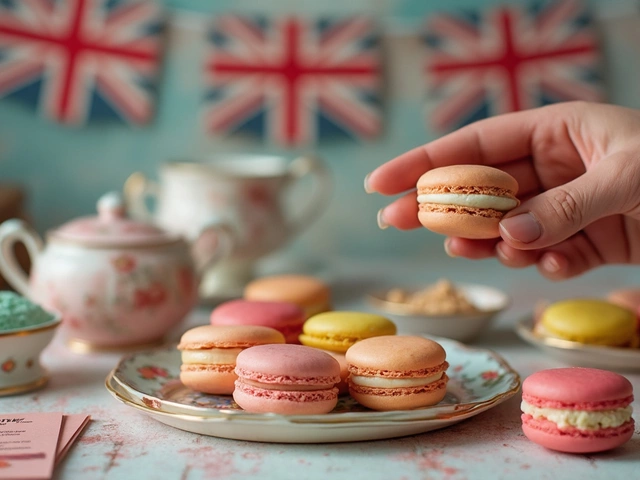
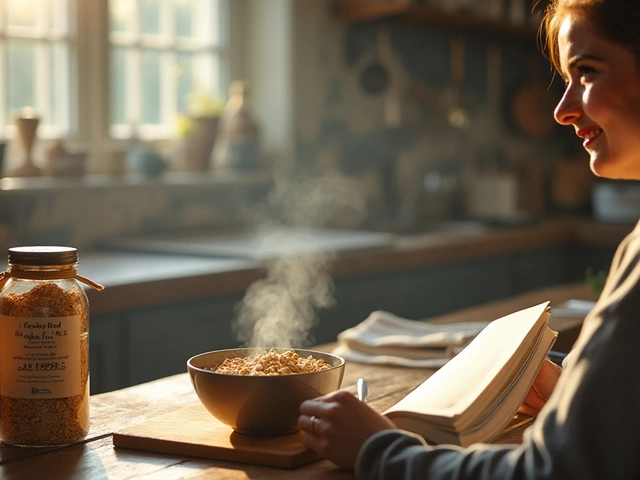
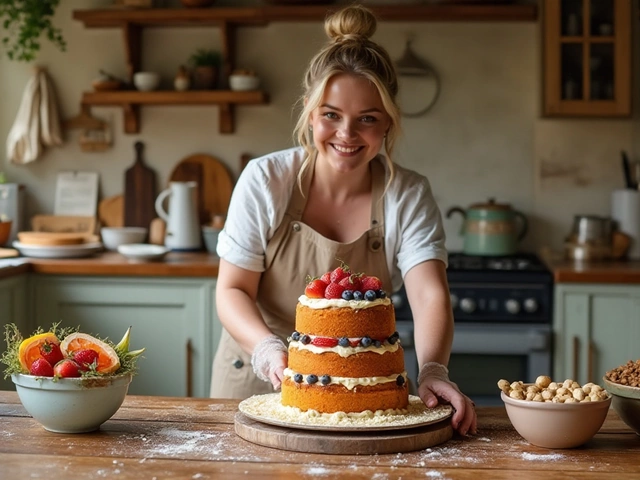
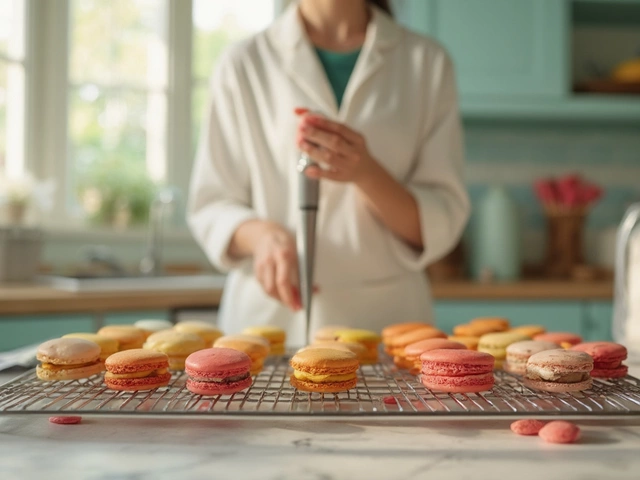




Write a comment